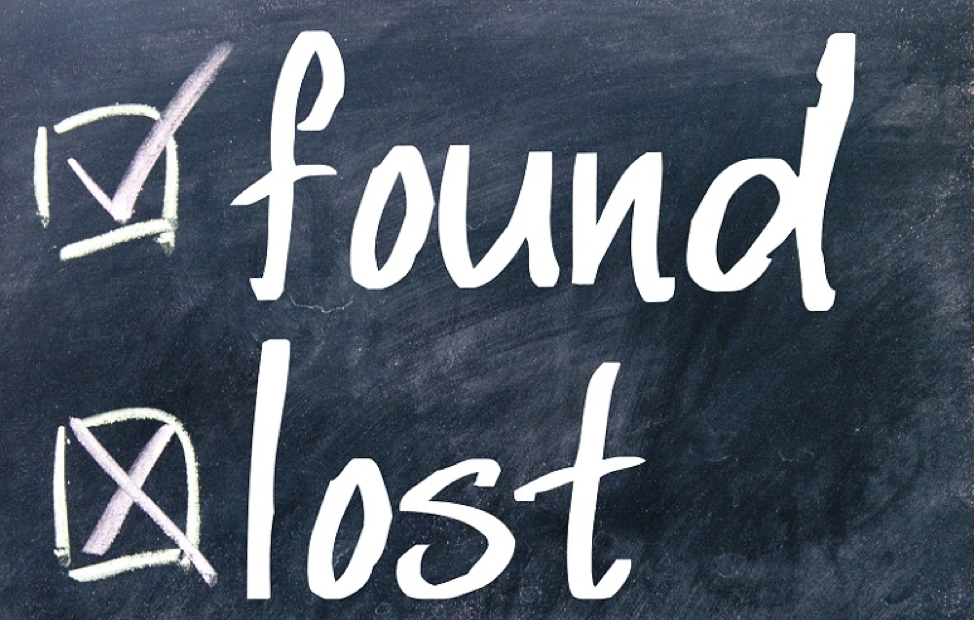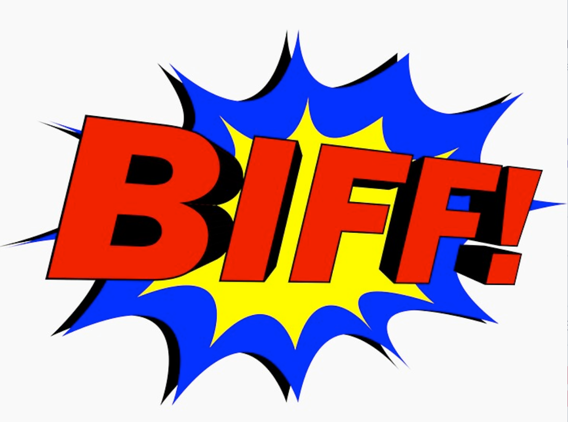Left your Kindle (or anything else) at a TSA checkpoint? Here’s what you should do to maximize your chances of recovering it.

Last year I arrived in Paris with time to kill before my connecting flight. I rummaged in my bag for my Kindle but couldn’t find it. After several minutes of frantic searching, I realized I must have left it at the TSA checkpoint 2,442 miles away at Denver International Airport.
I’d been reading it while standing in the security line, and stuffed it into my coat pocket for the trip through the x-ray machine. There was a shortage of bins and a TSA agent was consolidating items. It must have fallen out in the process, and I hadn’t noticed.
I wasn’t scheduled to return to DEN for three weeks. It was bad enough I’d have to continue my trip without my Kindle, but would I ever see it again?
I started on Denver airport’s web page. There I found a dedicated lost and found page. Unfortunately, it didn’t say what to do if you lost something at a TSA checkpoint.
Next, I tried the TSA lost and found page. I input “Denver” and a phone number came up. I called it and got a recording instructing me to submit the details of my loss.
I left a message with my name, contact info (phone and email), description of my Kindle (including serial number—always travel with this info for your electronics!), and the location and approximate time of my loss. (If they’d already found it, they had all this info—my Kindle was labelled with “REWARD IF FOUND,” along with my phone number and email address.)
The TSA page also noted they’d partnered with Rejjee, a private company that “specialize[s] in reuniting owners and their property.” I clicked on the link, which took me to Rejjee’s home page, where I was met with a message that as a “Concierge Lost & Found for travelers world-wide,” Rejjee would “Search official TSA & Airport / Airline Lost & Found for FREE” and could find anything I’d lost “except for love.”
I signed up for the free version of the app, then clicked on the “File a Report” link and provided pretty much the same info I’d left on the message to the TSA. There’s an option to make the description of your item public, in case a Good Samaritan (who reads Rejjee reports) finds it. By then, it was time to catch my connecting flight. I boarded without much hope of seeing my Kindle again.
When I landed in Copenhagen two hours later, an email with this subject line was waiting for me: Your item(s) has been found. Hooray! The TSA had my Kindle. Now to get it back…
According to the TSA email, I had three options to retrieve my Kindle: pick it up in person, authorize a representative to pick it up on my behalf, or have the TSA ship it to me at my expense. A PDF form was attached if I wanted either of the last two choices. As having my Kindle wasn’t crucial, I decided to wait until I returned to Denver to pick it up.
Upon returning to Colorado, I went to the TSA Lost and Found (which is different that the airport’s Lost and Found). There I signed in (name and Item ID number from the TSA email, along with date of travel and terminal info). I gave the clerk my passport and told her I was there to collect a Kindle. I told her the serial number and showed her photos of it on my phone.
Almost instantaneously she returned with my Kindle. I signed a form indicating I’d picked up my item and—boom!—I had my Kindle again.
For the record, I never did hear from Rejjee.
What helped me recover my Kindle (in addition to luck)? According to the clerk, it helped I knew its make, model, and serial number, and had it labelled with my name, phone, and email. (I’d put the info on the case and the device itself.)

She said it was also good I had photos of the Kindle, especially ones showing the distinctive stickers I’d stuck on the case and device. (BIFF! from the Batman comic books. Don’t judge.) I do this with my laptop, too. With so many look-alikes, this not only minimizes the chances of someone taking my laptop by mistake at a TSA checkpoint but it makes it easier for the lost-and-found folks to find and identify my stuff.
BTW, I recommend loading identifying info for all your electronics onto your phone. That way, it’s accessible the cloud via whatever service you use (Google, iCloud, etc.). And do take the time to label your stuff, to make it easy for an honest person to return it. (On the label, I note the phone number is “phone/text” in case an item is found by someone overseas and they don’t have international calling on their phone.) In the case of a computer or something else with a lock screen, add your info there, too.
Twist’s Take: Label your electronics and other valuables and take photos of them, too, to increase the chance of recovery if they are lost.
